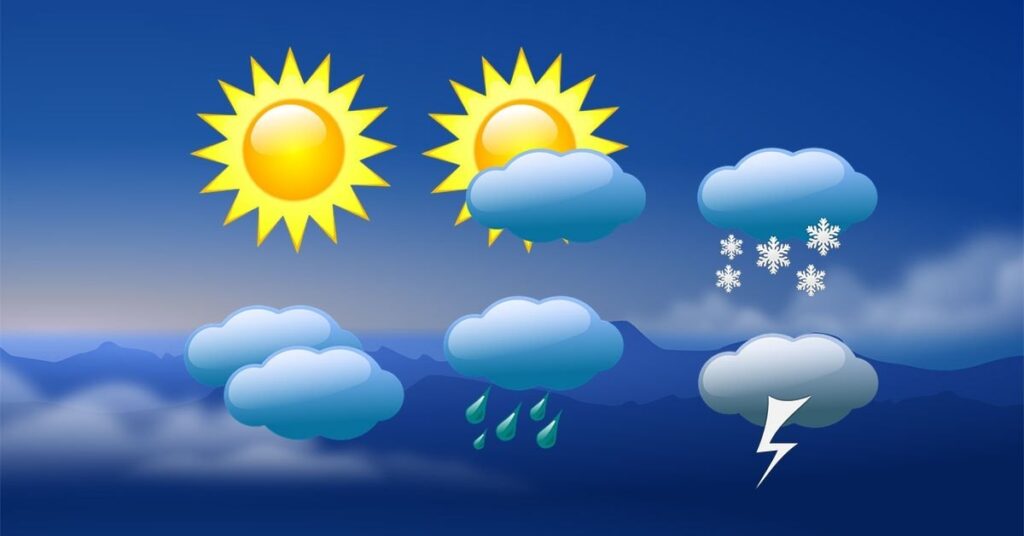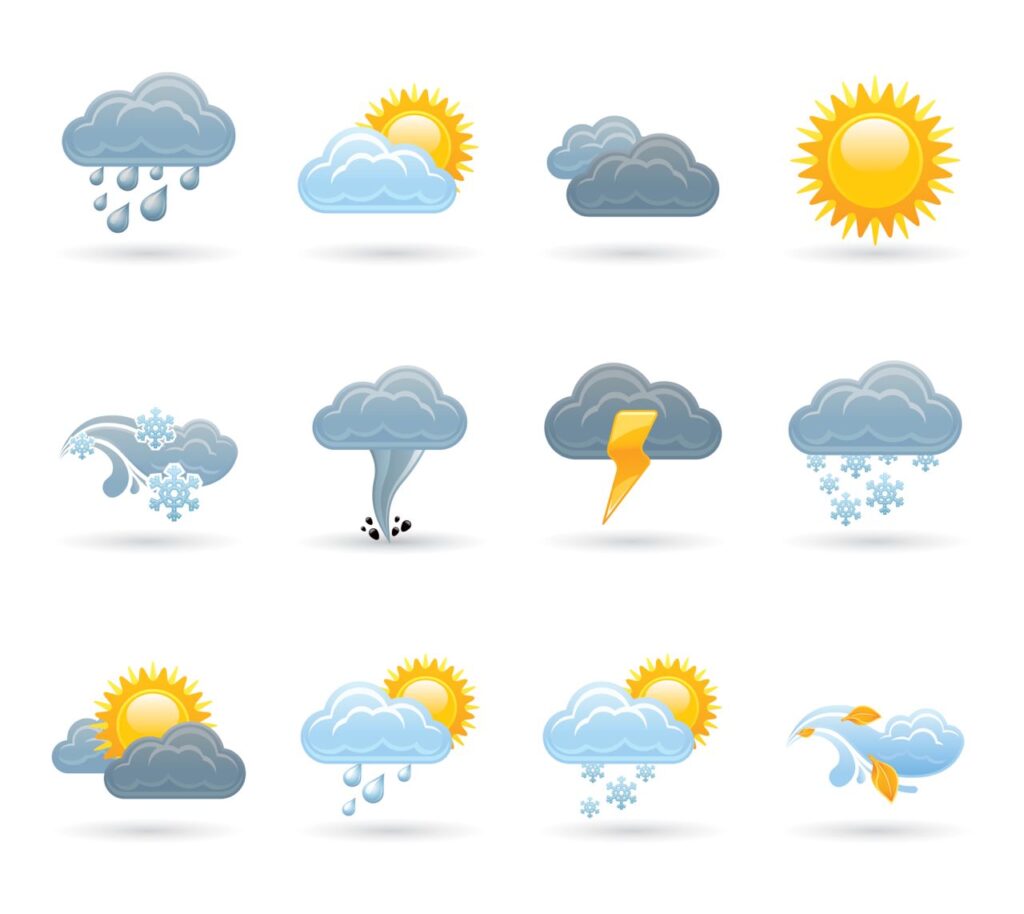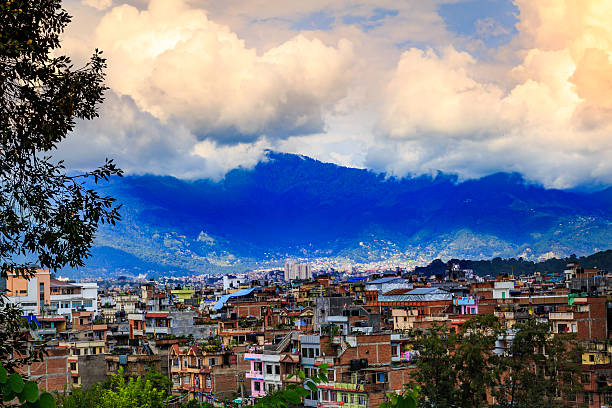The Meteorological Forecasting Division (MFD) has announced that the monsoon wind has spread across the country and is currently influencing the weather patterns in all regions of Nepal. With the monsoon low-pressure trough situated in its average position, widespread changes in weather conditions have been reported, and varying levels of rainfall are expected to continue over the next few days.
Monsoon System in Full Effect
The MFD, in its latest weather bulletin, confirmed that the monsoon system is now fully active throughout Nepal. The low-pressure monsoon trough, which typically brings moisture-laden winds from the Bay of Bengal, is currently in its normal latitudinal alignment. As a result, the entire country is experiencing the effects of the monsoon winds.
The Division reported that the sky over most parts of the country will remain generally cloudy throughout the day. This cloud cover is anticipated to continue, making sunshine scarce in many places and affecting daily outdoor activities, especially in the central and eastern regions.

Rainfall Forecast for Key Provinces
According to the weather forecast, light to moderate rainfall accompanied by thunder and lightning is likely in most areas of Koshi, Bagmati, Gandaki, and Lumbini provinces. These regions are expected to witness intermittent downpours during the day and into the night.
The Meteorological Division also warned of the possibility of heavy rainfall in one or two locations within Koshi, Bagmati, Gandaki, and Lumbini provinces. This kind of rainfall, although scattered, can lead to localized flooding, landslides in hilly areas, and disruption of road transport and air travel.
The rainfall, coupled with thunder and lightning, can also pose risks to agriculture, infrastructure, and human settlements in vulnerable areas. The authorities have urged the public to remain alert and take necessary precautions, particularly in flood and landslide-prone districts.

Nighttime Conditions to Remain Wet and Cloudy
Tonight, the weather is expected to remain partly to generally cloudy across most of the country. Light to moderate rainfall is also forecast in some parts of Koshi, Bagmati, and Gandaki provinces, while isolated areas in other provinces could also experience similar weather patterns.
This means that many areas will not get a break from the rain during nighttime hours, further saturating the ground and increasing the risk of waterlogging and landslides in the hills and mountain foothills.
Safety Advisory for the Public
Given the prevailing monsoon conditions, the Meteorological Forecasting Division has urged people to stay updated on the latest weather forecasts and alerts. It has also advised local governments, disaster management units, and the general public to remain prepared for possible weather-related hazards.
In particular, the Division has emphasized caution for:
- People living near rivers and landslide-prone slopes.
- Travelers using hilly and mountainous roads, which may become slippery or blocked.
- Farmers working in fields, who may face difficulty due to excess water accumulation.
- Communities living in urban areas, where drainage systems may overflow during intense rainfall episodes.
Importance of Monsoon for Agriculture
While monsoon rains bring potential risks, they also remain vital for Nepal’s agriculture-dominated economy. The current phase of rainfall is especially important for rice plantation activities, which are at their peak in July. Adequate and timely rainfall ensures water supply to paddy fields, contributing to better crop yields and national food security.
However, excessive rainfall or long dry spells within the monsoon season can damage crops and reduce productivity. Therefore, the balance of rainfall and its distribution is critical.

Government and Local Authorities on Alert
In light of the latest forecast, provincial governments and local authorities have been advised to enhance preparedness measures. This includes ensuring emergency response teams are on standby, clearing drainage systems, and issuing alerts to communities in high-risk zones.
Agencies responsible for infrastructure and transport have also been urged to monitor roads and bridges, many of which are vulnerable to damage from landslides and flash floods during the rainy season.

Looking Ahead
The monsoon season in Nepal typically lasts from June to September, with July and August being the months with the heaviest rainfall. With the system now active and expected to persist in the coming weeks, citizens are encouraged to adopt safety measures and follow official updates regularly.
The Meteorological Forecasting Division will continue to monitor the monsoon system and provide daily updates on rainfall trends and potential hazards. Citizens can access these updates through the Division’s website, social media channels, or by contacting local weather offices.
With monsoon fully established across Nepal, the weather will remain dynamic and changeable. While it brings much-needed water for agriculture and replenishes water sources, it also requires heightened awareness and preparedness to minimize risks. The public is advised to remain vigilant and prioritize safety during this wet season.






